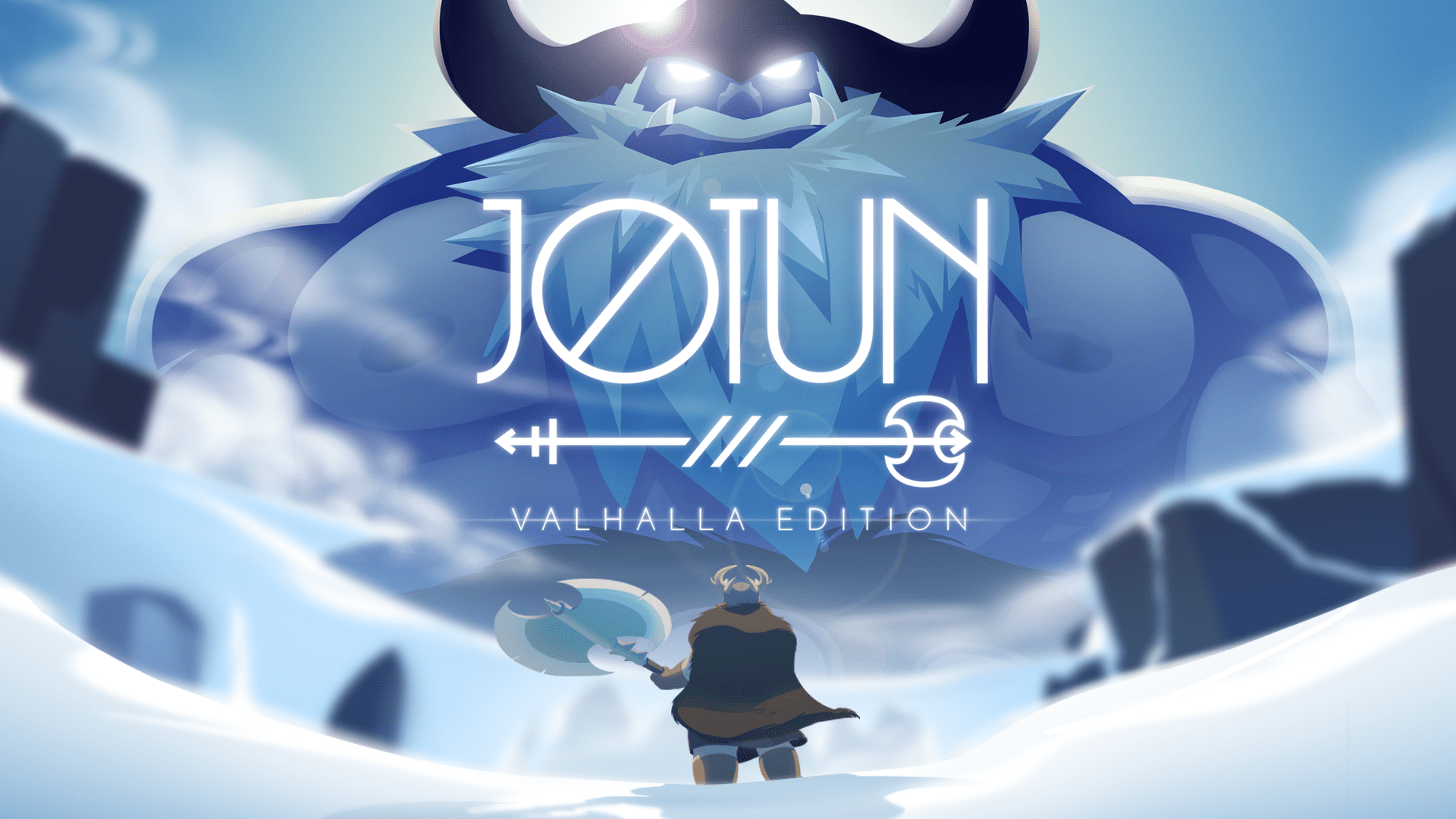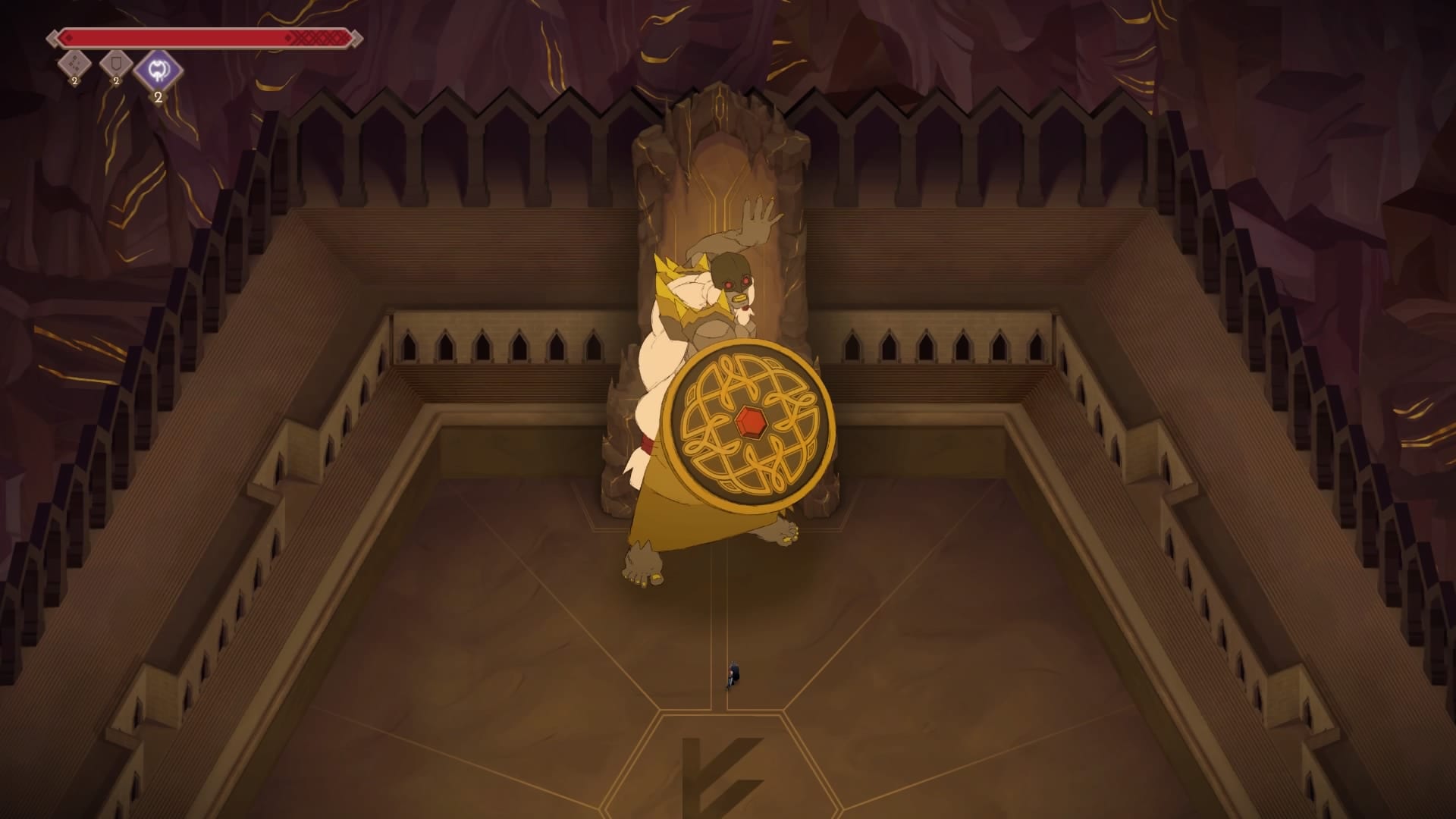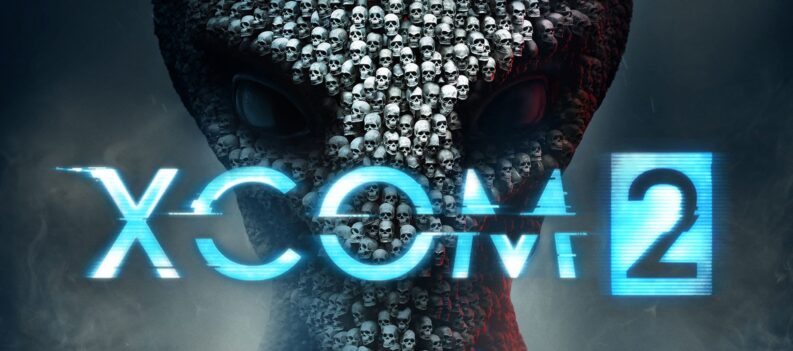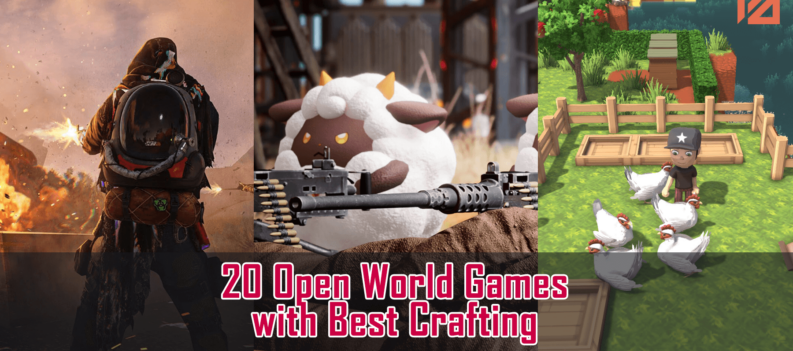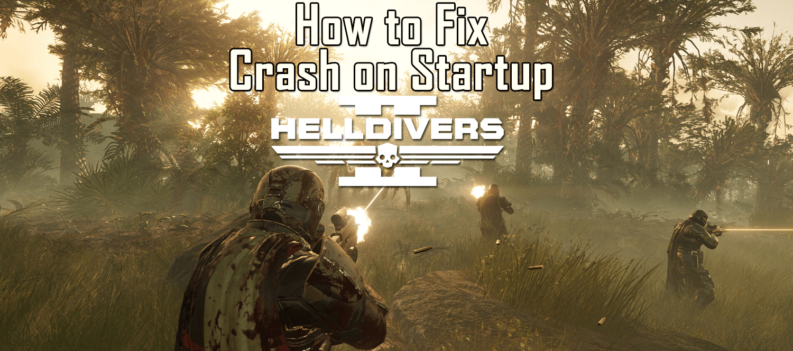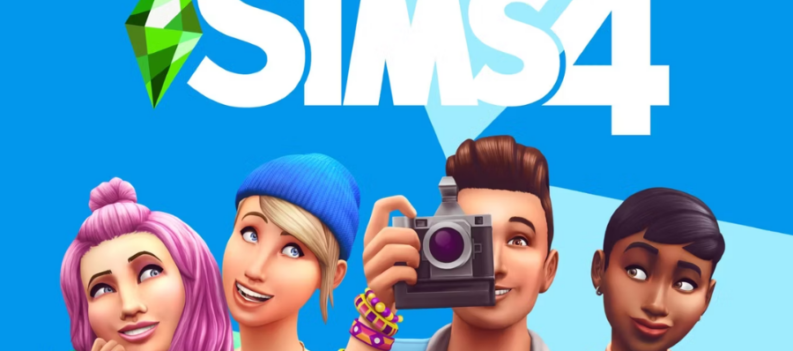Pure PlayStation was recently enraptured by the skillfully animated indie game that has made its way over to PS4 from PC; Jotun: Valhalla Edition. (Check out our review here). We were so enchanted by the art style, mythology, and punishing bosses, that we sought out the comments of the Creative Director of developer Thunder Lotus Games, Will Dube. Over a traditional Canadian breakfast of Pancakes, Maple Syrup, and Bacon, we managed to get some interesting info from the mind behind the game. Join us below and impress the gods with your literacy skills:
PP: Bon Soire Monsieur Dubé, we’ve just exhausted our knowledge of French, so hopefully you won’t mind if we conduct the interview in English. To kick us off, and for our readers who may not yet be aware of your studio; can you tell us a little bit about Thunder Lotus Games?
WD: Well, we started off in the mobile market, making free to play mobile games. When we had the idea for Jotun, we took it to Kickstarter, and before we knew it we had raised $64,000 – which was pretty amazing as we had only set a $50,000 target!
PP: That’s impressive, what stage of development was Jotun in when the Kickstarter launched?
WD: We were very early in terms of development. Having said that, the idea was fully formed, so we had a concept and of course the art that we could ‘show off’ to people.
PP: So what made you decide to use Kickstarter to fund the game, and how did you find the experience?
WD: It seemed like the most accessible funding platform for an idea like Jotun and it’s also a way of ‘validating’ your game, so to speak, as the feedback and investment you get shows you whether an audience exists for the title. Having a successful Kickstarter campaign also helped with attracting the right team members to actually deliver the game, as you have a proven product as well as a clear picture of the direction you are heading. It wasn’t all easy though; there’s a lot of preparation involved of course, audience engagement, promotion, and so forth. The whole campaign really was a marathon month.
PP: Was there a feeling that, due to the unique nature of the game, it might be a ‘difficult sell’ to a traditional publisher?
WD: Not really no, we actually had interest from a couple of publishers around that time and we spoke to them. Ultimately, though, with the funding from Kickstarter and some additional help from the Canadian government, we felt we would be able to adequately finance the project that way without sacrificing any creative control. It worked out for the best too; the feedback we got was absolutely key to building the game, through that and the closed Alpha and Beta testing.
PP: Interesting, can you give us an example of something in the game that came out of the feedback?
WD: One thing we found through feedback from level testing was that people found some of the larger areas, in the rune hunting sections of the game, felt a bit empty. So from that we added in ideas you see in the final version like the serpent Jormungandr in the Ice lake, or the Dwarves who worship the cave Jotun and attack you when you trespass in his realm.
PP: Let’s talk about the art style; it’s fantastic, but what made you decide to use the presumably painstaking process of creating hand drawn images for everything in the game?
WD: Fortunately we already knew some great 2D artists from our mobile games background, and we had some great relationships in that area, so we were able to take advantage of that. We really wanted to create almost a fairy tale scene and their work is really reminiscent, in a good way, of the Disney renaissance of the 80’s and 90’s.
PP: The way the animations bring these drawings to life is something that really impressed us when playing Jotun, how difficult was it to bring the drawn concepts to a playable state? How similar was this process to, say, animating a TV cartoon?
WD: It’s not too dissimilar I suppose, except that you’re doing it all from multiple angles due to the interactive nature of the game. There’s a lot of work involved, we had two animators and some of the work had to be drawn literally frame by frame. We had some puppet animations as well, but we’re talking about 5 angles for your character, 2 for bosses – which is then mirrored to give you 4, and then other elements as well like the vines that pop up and attack in the first area. Add to that the fact that we’re talking about 5-6 hours of animation [runtime of the game], as opposed to the standard 1-2 you would find in an animated movie, and you can see how big a job we’re talking about.
PP: Two animators! That’s pretty amazing work then, they must have had some serious wrist cramp by the time you were done?
WD: (Laughs) I hope not, we try to avoid personal injury wherever possible!
PP: Speaking of animation, some of the best examples of this are the boss fights against the Jotun themselves. These fights are also quite challenging from a gameplay perspective (at least we found them a challenge!). Was this a conscious decision?
WD: Absolutely, a lot of the ‘content’ of the game is in the boss fights so we wanted to make these feel like a sizable experience. Shadow of the Colossus was a big influence; though you’re not climbing all over the Jotun, there are all these extra elements, animations and environmental aspects going on.
PP: So would you say you wanted players to feel like they had achieved something after defeating a boss?
WD: Definitely, we made a decision early on to not include difficulty levels in the game and we did that so we wouldn’t detract from the player’s sense of achievement. Beating the Jotun is a difficult task, it’s supposed to be, it feeds into the overarching narrative – that element of ‘Impressing the Gods’ – that shouldn’t be an easy thing to do right?
PP: Norse mythology isn’t something you see represented in games too often, at least not in the depth we see in Jotun, what made you choose this as your source material?
WD: Interestingly, it was all these crazy stories from Norse mythology that were the inspiration, and the game evolved from there. Things like Ymir, the first of the giants, sweating to create the Jotun, or how the Gods were licked out of elemental ice by a cow. [Just in case you think we’ve gone insane, readers, this is bona-fide. Check it out here] From a level design perspective, this was great material to draw on because it meant we could build a level around a story we liked. For example, the Yggdrasil level; there’s the story of a hawk named Vethrfolnir who lives on the head of a nameless eagle among the legendary tree’s branches. This became the focal point of one of the stages and a gameplay element within that stage as well.
PP: So the mythology came first, and then the gameplay. Where does Thora, your main character, fit in with all this?
WD: Thora was an original creation, we wanted a badass viking warrior to go with the Norse theme, and then came this very viking like tale of bloodshed and betrayal that Thora tells throughout the game. Her quest to impress the Gods in death became a great way to tie all these great Norse legends together into the narrative.
PP: Jotun: Valhalla Edition is the console edition of Jotun, which released last year on PC, to great critical acclaim. Have you seen a similar reception from the console audience?
WD: We’re really pleased with the feedback and reviews so far, it’s a vindication of all your ideas to see your game come to a new audience and get the same great reaction we got from the Steam community all over again.
PP: Was the process of bringing Jotun to consoles any more difficult than bringing it to steam?
WD: There are more practical barriers to release on console. On PC you’re almost flying blind, there’s no one there to say ‘hey, you need to iron this out before release’. On console there’s a QA (Quality Assurance) process you need to follow, which can actually be really helpful. It took a little longer than expected, but working with Sony, Microsoft and Nintendo has been great – even being able to say that is great.
PP: Is Jotun: Valhalla Edition the definitive experience for the game, or can we expect to see more from Thora?
WD: Valhalla Edition is definitely the conclusion of Jotun. Having added Valhalla mode has allowed us to fulfill our key stretch goal from the Kickstarter campaign, which was to add a new game plus mode. Now that that’s done, we’re much more satisfied with the overall experience.
PP: It’s been great talking to you Will, but we can’t let you go without touching on the ‘hot topic’ of the day; What does PS4 Pro mean to Thunder Lotus games? Can we expect an updated version of Jotun? What about your coming projects, do you see them utilising the Pro?
WD: We won’t do an update to Jotun, for sure, there’s not really a lot more we could get out of the game from 4K and HDR, just due to the style of the project, so for us it’s not really relevant. In terms of coming projects, even if we were using the PS4 Pro I probably wouldn’t be allowed to discuss that yet. We do have some unannounced projects, but I have to plead ‘nothing to declare’ [Much booing from the gallery].
PP: You have failed to impress the Gods. But we understand, a pleasure to make your acquaintance, Mr Dubé.
At this point, we went to retrieve the torture instruments to ‘encourage’ some more information on these unannounced projects. But when we returned, Will had slipped his bonds and escaped. More’s the pity, but you can play Thunder Lotus Game’s beautiful and brutal adventure Jotun: Valhalla Edition right now. The game is available as a digital download via PSN, Xbox Live, whatever Nintendo’s online service is, and Steam. Tell us of your God slaying exploits in the comments below, if you fancy.



